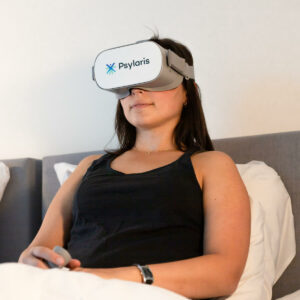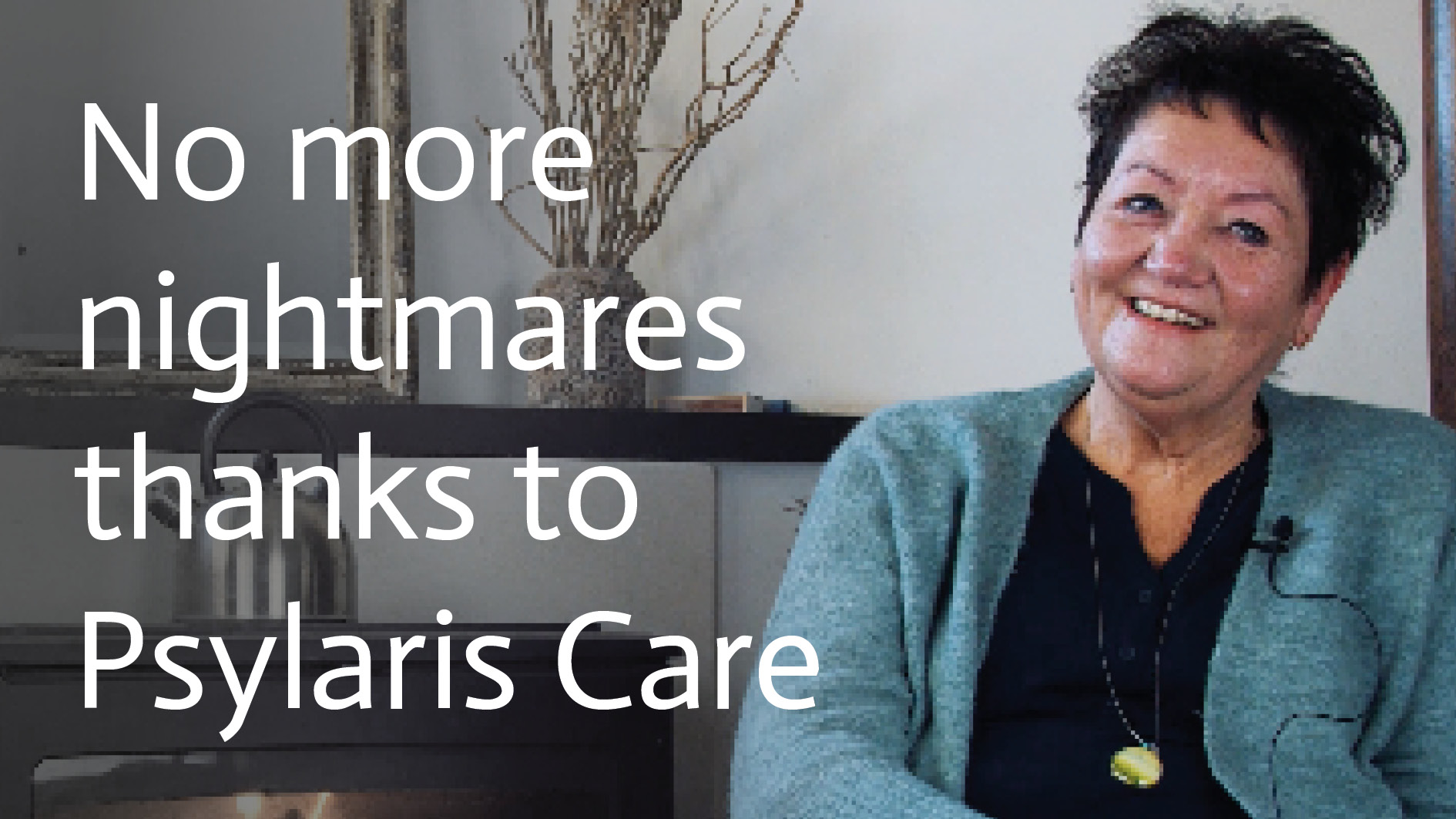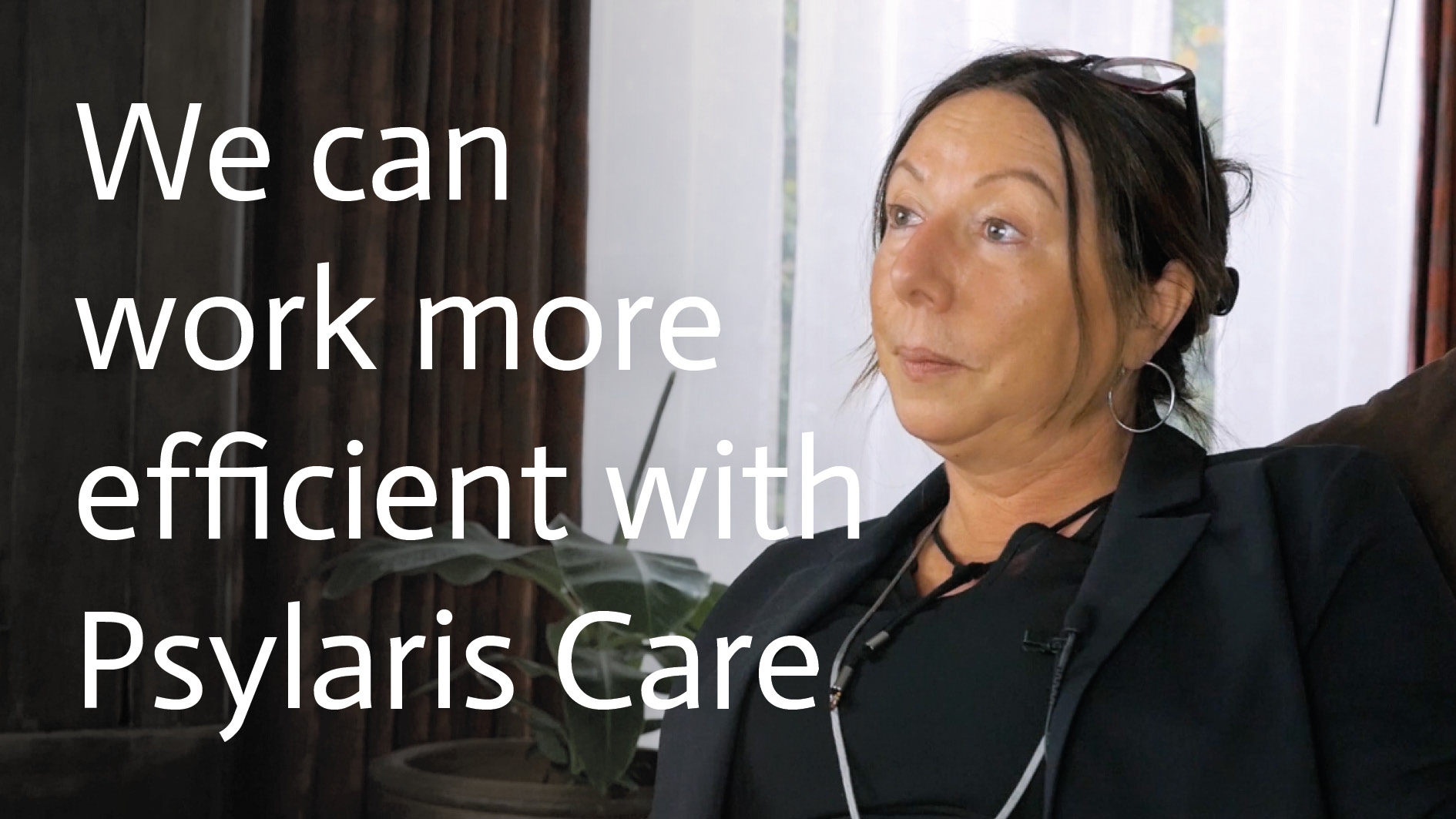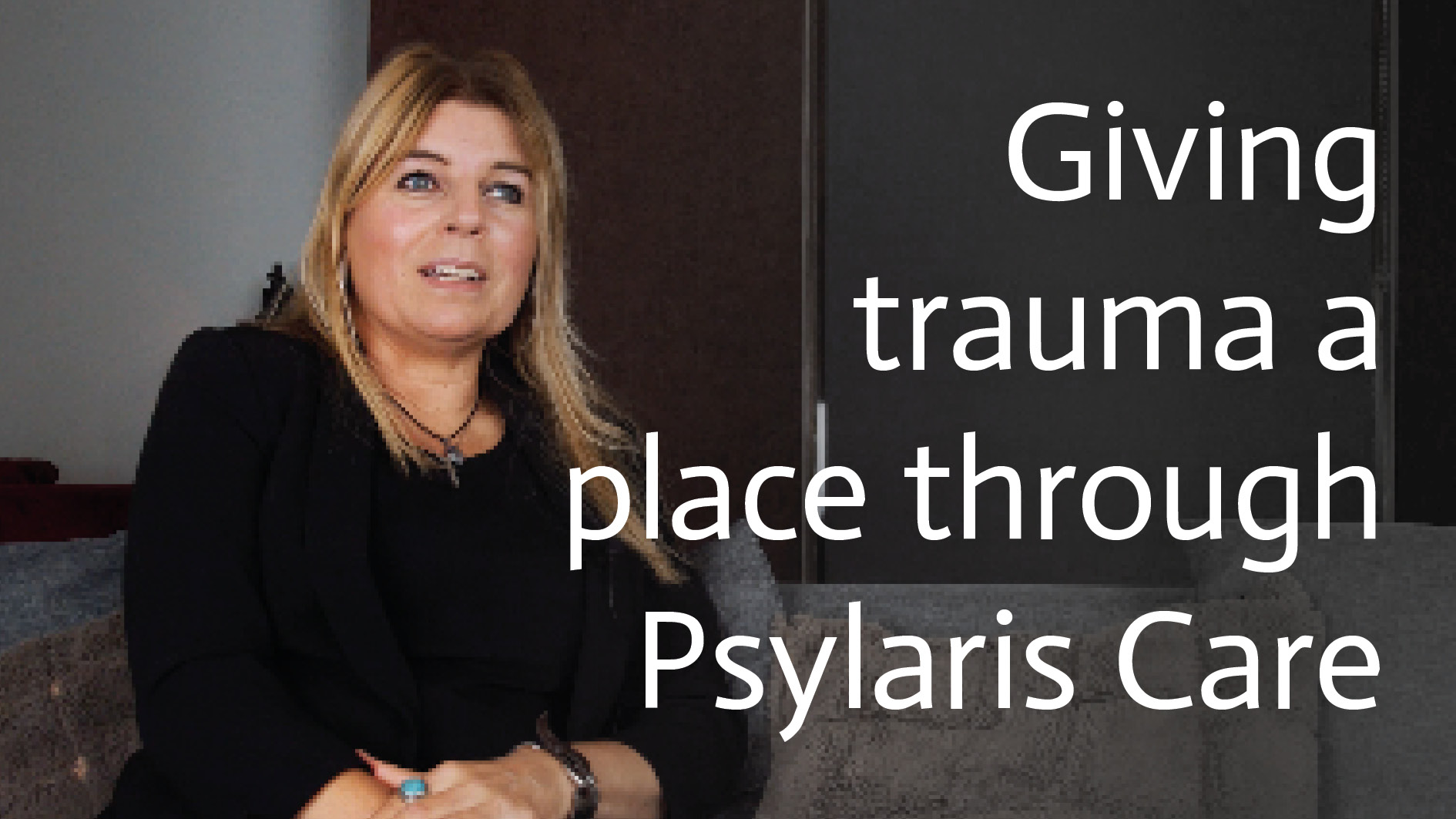Examples of eHealth in health care
It is well known that healthcare is a very large cost item in the Netherlands. The total costs of care in the Netherlands in 2019 were over 80 billion euros (source: CBS). These are incredible amounts and therefore there is definitely a need to do something about the rising healthcare costs. Ehealth can make a significant contribution to reducing healthcare costs. But ehealth offers more possibilities. Ehealth can make the provision of care by healthcare providers easier and the use of care by patients more accessible. What is ehealth in healthcare and why can it be so useful?
What is eHealth in health care?
eHealth is an English term where two words have been combined. 'E' stands for 'electronic' and 'health' means 'health'. In short, eHealth stands for electronic health care provision, using digital means. eHealth makes the provision of care easier, cheaper and more accessible to patients. For example, by using only eHealth applications, doctor and hospital visits can be drastically reduced. One of the most important characteristics of eHealth is that it is also remote care. Often, the doctor and the patient no longer sit around the table together. With the eHealth applications, the doctor has every opportunity to assess the health situation of the patient present at home.
Why use eHealth in health care?
The most important reason why eHealth is used in health care is that it makes care much more efficient. More efficient care ultimately leads to cost savings. For example, patients have to visit the hospital much less often. A large proportion of these hospital visits are for check-ups only. After a few minutes, the patient is outside again. This is a waste of time for both the patient and the doctor. If eHealth applications enable the doctor to see the patient remotely or at least to view medical data in real life, this saves a lot of time.
What are examples of eHealth in health care?
Digital applications in health care have improved and expanded enormously in recent years. As a result, a variety of different eHealth applications can be found:
- Websites and web portals that provide information about certain complaints or where patients can keep track of their personal environment. A personal environment is also ideal for monitoring with a certain degree of privacy.
- Many eHealth apps have been released. These allow the patient to keep track of very personal values, such as exercise behaviour.
- Serious gaming is being used more and more often. This is a form of gaming in which the patient learns knowledge and skills through play.
- Patient and practitioner can have a remote consultation via image calling.
- The use of robots is becoming increasingly normal in health care. Also in the patient's home, where a robot acts for social interaction.
- With home automation, patients can use all kinds of smart digital applications in their homes and make life with a disability or illness much easier.
What are the advantages and disadvantages of eHealth?
At first glance, eHealth seems to have only advantages. However, it can also have disadvantages. It is important to list the advantages and disadvantages before a health care institution decides to deploy certain eHealth applications.
Benefits of eHealth
- Better monitoring of the patient in the daily situation is possible. If necessary, the situation can be monitored 24 hours a day.
- Health care becomes much more accessible for patients. With certain eHealth applications, it is possible to remain anonymous.
- In practical terms, it is convenient for both practitioner and patient. The patient does not have to travel and the practitioner has more time to spare.
- With eHealth, patients have better access to information and it is easy to make contact with fellow sufferers.
Disadvantages eHealth
- Online remote communication can be particularly difficult. Older patients in particular do not have the required knowledge about digital means.
- Because information about their complaints is always available, patients can become obsessed (medicalisation).
- A very important point of attention is guarding the privacy of patients. It must be possible to guarantee privacy and confidentiality.
- The costs of eHealth are as yet unknown. It will require the necessary investment before it can be used in a truly efficient way.




